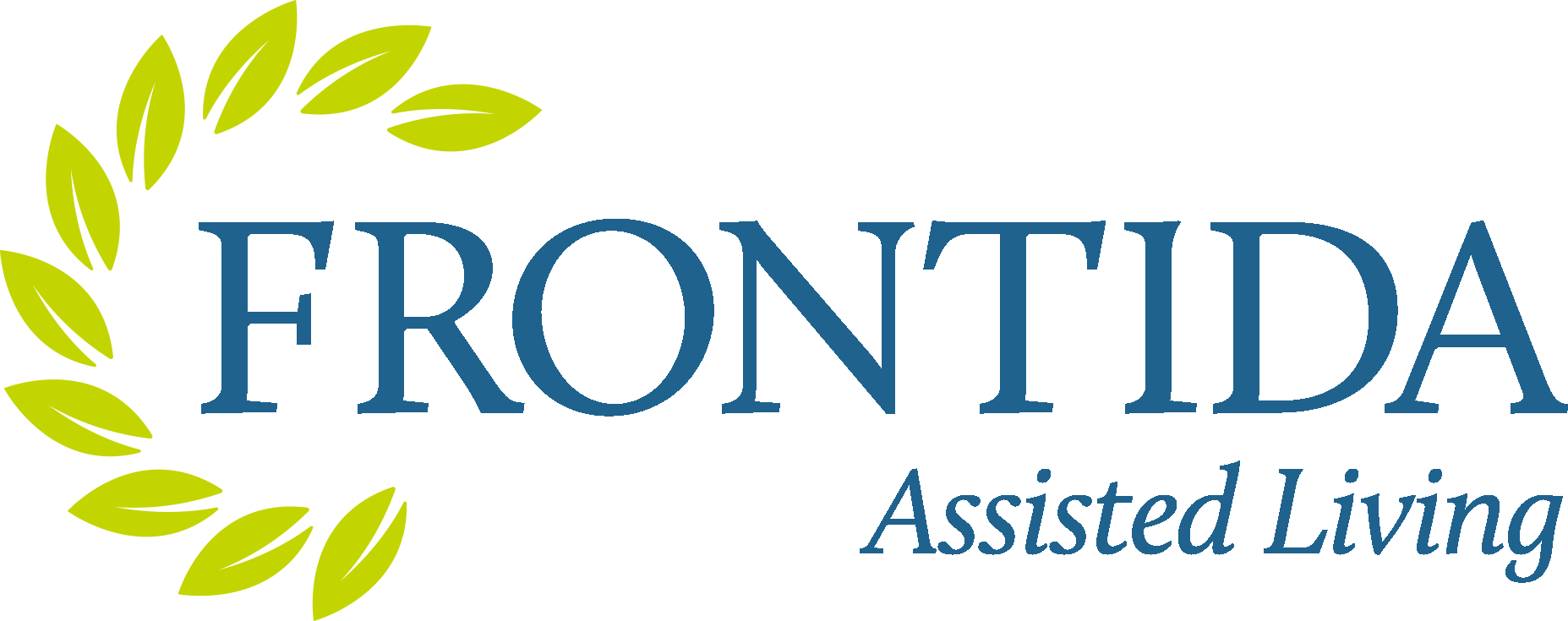Planning for your future health needs is important as you age. Most older adults will require long-term care services, and you’ll gain more peace of mind knowing you have funds set aside for your care.
Although long-term care can be costly, there are funding sources that can help make the services more affordable. This blog, curated by Frontida Assisted Living, discusses four ways to pay for senior care and housing.
Four ways to pay for senior care and housing
#1 Your home
The sale of your home can provide a significant source of funds to help cover the cost of senior living care, especially if you don’t have a mortgage. You can also consider renting your home for additional income.
Some homeowners age 62 or older apply for a reverse mortgage. You may be eligible if you own your home outright or have only a small mortgage. Your house must meet FHA property standards and flood requirements, and your lender will run a credit check and evaluate your income, assets, and monthly expenses.
What is a reverse mortgage?
A reverse mortgage enables you to supplement your retirement income with the equity in your home. You can use the money to pay healthcare expenses, retire debt, or finance home improvements. The loan must be repaid when the homeowner passes away, sells the home, or permanently moves out.
Who should consider a reverse mortgage?
Reverse mortgages tend to be the best option if you don’t plan to move and can still keep up with the cost of your home’s maintenance, property taxes, and insurance. For example, a reverse mortgage may be appropriate when one spouse requires long-term care for cognitive decline or a chronic illness and the other doesn’t.
Take a quiz: Is it the right time for senior living? >>
#2 Your savings
Have you set up a rainy day fund in a bank account over the years? You may also have stocks, bonds, and annuities that you can access to help fund senior living care and housing.
#3 Your income
Social Security benefits, 401(k), pension, or other retirement funds are all sources of income you can use to pay for senior care and housing. You may also use dividends you’ve earned from stocks and other investments.
Where do I begin with senior living care and housing? >>
#4 Other options
Additional funding options for senior living care and housing include the Veterans Aid and Attendance benefit, long-term care insurance, and life insurance conversions.
- Veterans Aid and Attendance benefit – Wartime veterans or their surviving spouses may be eligible to receive additional pension funds to help cover long-term care and senior living costs. To qualify, you must meet one of the following criteria:
- Require assistance to perform activities of daily living (like bathing, dressing, and eating)
- Be bedridden by a disability
- Live in a nursing home due to mental or physical incapacity
- Have specific eyesight limitations
Visit this website to learn more, and click here to apply at a location near you.
See what funding benefits veterans receive at Frontida Assisted Living >>
- Long-term care insurance – Long-term care insurance typically covers services not paid for by health insurance, Medicare, or Medicaid. Once an assessment determines that you or a loved one needs assistance with two or more activities of daily living or are experiencing cognitive impairments, the policy kicks in.
Your insurance company will approve a plan of care, and then there will be a period of one to three months before you start receiving payments. Some policies pay your costs until a pre-determined daily limit or until your lifetime maximum is reached.
- Life insurance conversion – If you have an in-force life insurance policy, you can transform it into a pre-funded account that disperses monthly benefits to help pay for the costs of assisted living, memory care, behavioral health care, and other long-term care needs.
There are no application fees to apply, and enrollment typically occurs in 30 to 45 days. Once your policy is converted, your long-term care benefit payments begin immediately, and you won’t need to pay additional premiums. Your benefit administrator assumes all responsibility for paying the premiums.
Explore life at Frontida Assisted Living >>
Feel at Home at Frontida Assisted Living
Frontida Assisted Living values transparency and trust in each of our Wisconsin communities, and our team is ready to answer your questions, offer support, and provide resources to help you make a confident and informed decision for your future care.
Our compassionate team strives to create a sense of community and purpose for each resident through personalized programming, life-enriching activities, and special events.
Each Frontida community maintains a garden to incorporate seasonal fresh fruit and vegetables into our menus. We encourage healthy choices and well-balanced meals.
Learn how we care for our residents:
- Private suites, bedrooms, and companion rooms
- Fully accessible, private bathrooms
- Spacious living rooms and engaging indoor recreation areas
- Cozy fireplaces and open-plan seating in living spaces
- Beautifully maintained outdoor areas
- Access to a trusted network of physicians, nurses, podiatrists, and therapists
- Delicious, home-cooked meals and snacks
- 24-hour personal care and supervision
- Comfortable spa and salon (in specific locations)
- Dedicated memory care communities
- Specialized mental health care communities
- Housekeeping and laundry services
- Individualized care plans
- Life Enrichment Coordinators to plan and schedule meaningful activities for all residents
- Registered Nurse to oversee the health and wellness of each resident
We value honesty, trust, and open communication to build relationships with our residents and their loved ones. Together, we form a partnership to ensure you live a fulfilling life, feeling a sense of belonging and purpose.
When you’re ready, contact any of our 11 Frontida assisted living and memory care communities to gather more information, or to set up a personalized tour. We’re here for you whenever you need us.
We understand that transitioning into assisted care can be an emotional, stressful and often confusing journey. That’s why we’re dedicated to helping you and your family navigate the complex world of care. Download our free guide: “Just the Facts: A Guide to Assisted Living” to learn more.


